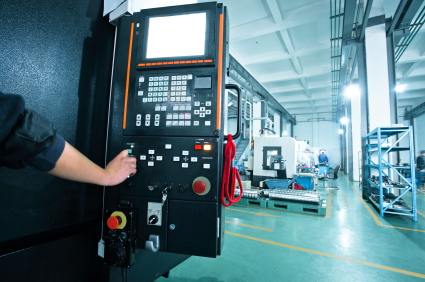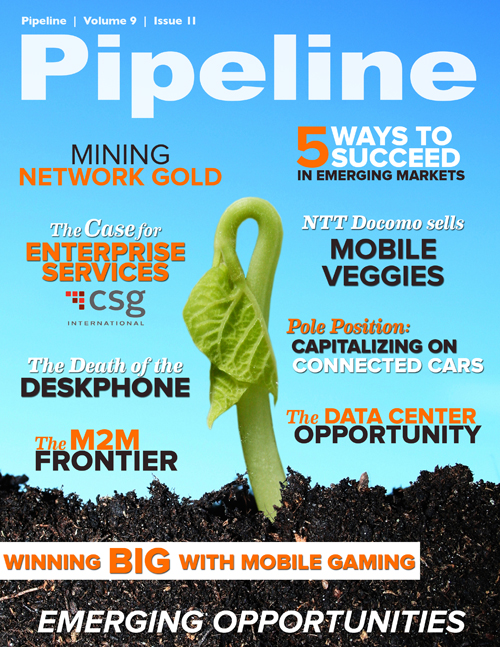The M2M Frontier
By: Becky Bracken

In this day and age books, cars, utilities ‚ÄĒ even your grandma, if you think about it ‚ÄĒ are all hooked up to ‚Äúthe Internet of Things.‚ÄĚ Evidence of the exploding number of devices and uses for machine-to-machine (M2M) communications presents itself everywhere you look, with streetlights, traffic signals, tollbooths, and vending machines all receiving a digital makeover via real-time connectivity. Essentially every imaginable function of society is merging with some sort of communications network. Figuratively speaking, it‚Äôs enough to make communications service providers (CSPs) start rubbing their hands together in anticipation of the various revenue possibilities.
It may seem like a foregone conclusion that if you were fortunate enough and bold enough to have built a communications network, the global marketplace should be falling at your feet and throwing buckets of money at you, right? Well, yes and no. As the world looks for its own outlet to plug into ‚Äúthe Internet of Things,‚ÄĚ some operators and CSPs stand to build vast fortunes from M2M. But it won‚Äôt be a brute-force numbers game in which more connections automatically means more revenue and market share. Instead it will require due diligence, strategic partnerships and finely tuned networks equipped to efficiently manage an infinite number of connections. In other words, success will hinge on all the hard stuff.
‚ÄúWe are years, if not decades, [from] reaching M2M‚Äôs full potential,‚ÄĚ says John Horn, president of RACO Wireless, who thinks the number of M2M connections worldwide has been exaggerated. ‚ÄúThere aren‚Äôt billions of connected devices ‚ÄĒ that‚Äôs insane. I think it‚Äôs a big number, but not that big. Maybe tens of millions.‚ÄĚ So when will M2M reach its full potential? ‚ÄúWhen everything‚Äôs connected.‚ÄĚSimply defining what the M2M market is can be a complicated affair. On one end of the spectrum you have the granddaddies of M2M, old-school telematics and mobile workforce management (WFM) solutions, while on the other end are more recent ‚Äúconnected devices‚ÄĚsuch as e-readers, tablets and even digital picture frames. However, these business-to-consumer (B2C) items usually turn out to be high-turnover, low-revenue undertakings that, ultimately, aren‚Äôt where the real opportunity lies.
‚ÄúM2M for B2B [business to business] is the heart of the business,‚ÄĚ says Alex Brisbourne, president and COO of KORE Telematics. ‚ÄúConsumer apps have a relatively short ‚Äėenthrall‚Äô period; tablets don‚Äôt stay connected for a long time. The term ‚ÄėM2M‚Äô has been hijacked, to be truthful.‚ÄĚ
M2M goes global
The M2M marketplace has largely been domestic. There have been exceptions, like FedEx, which tracks packages across the globe, but that’s rapidly changing, according to Brisbourne.
Global interconnectivity for M2M services has faced many challenges. First, since interconnectivity must originate in a particular country, roaming charges can pile up pretty quickly. Reliability is also an issue when you‚Äôre talking about interconnectivity, and regulation can be a challenge as well: many carriers have restrictions and limitations regarding how long a device can remain in any given country. ‚ÄúAs an example, think about AT&T powering a parking meter in Argentina without paying a licensing fee,‚ÄĚ Brisbourne says. ‚ÄúThat kind of technology is two or three years away from wide deployment.‚ÄĚ





















